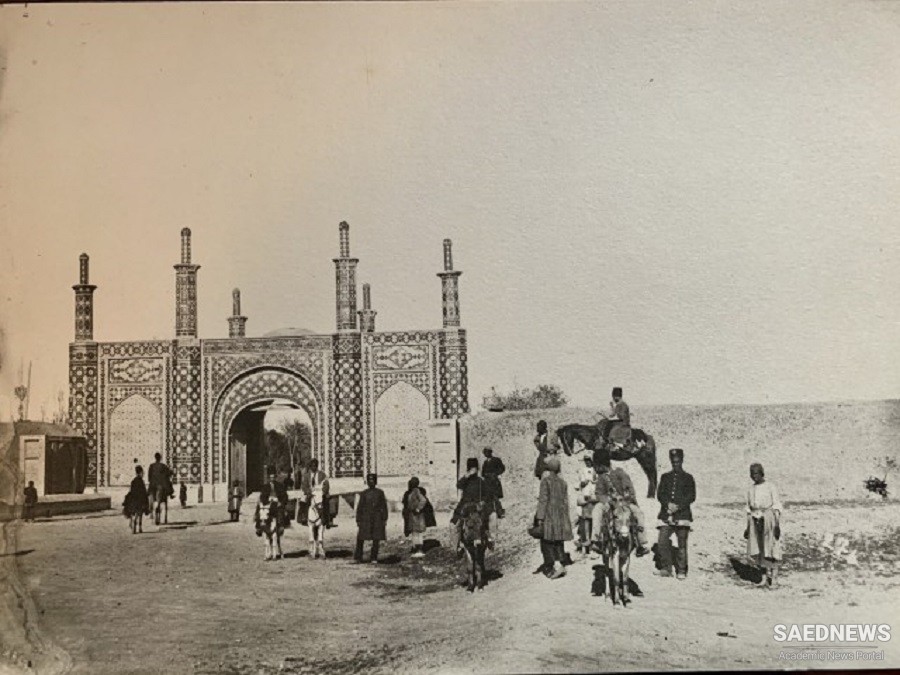Although Iran had survived the internal convulsions and external occupations of the turbulent period of 1722-27, it was basically a much weaker state by the time it was sucked into the whirlwind of European power politics at the beginning of the nineteenth century. The factor that contributed most to this weakness was the lack of social cohesion. The divisive forces in Iranian society can be traced back to ancient times. The earliest available records of the Iranian people before their migration into eastern Iran reveal the dichotomy between the settled and semisettled elements. In the ancient structure of family, clan, tribe, and country the society was ideally divided into classes of priests, warriors, farmers, and traders; and Zoroastrianism, the official creed of the Sassanians, gave these divisions the sanctity of religion. The Arab conquest of Iran in the seventh century a.d. made Iranian society part of the "greater society" of Islam. But this did not create major alterations in the characteristic grades of Iranian society. The ideal society, as described by the philosophers in medieval Islamic times, was a hierarchic society, with mankind graded into various classes. Nor did the Muslim conquest of Iran bring about any significant degree of unification of "races" or cohesion among various linguistic, tribal, religious, or other groups. The *umma, the "community," merely integrated the existing particularisms without destroying them. It unified but did not transcend the tribal, ethnic, and other groups. In fact, the Arab conquest introduced new divisions into Iranian society. Not only did the Arabs bring with them into the conquered territories "their tribal loyalties and also their feuds," but as the result of their conquest of Iran there soon arose a dichotomy between Arab and Ajam, or non-Arab, which cut across the division between the Muslim and non-Muslim. Later invasions of Iran by the Seljuk Turks and the Mongols added even more divisions: those between the Turks and Tajik, or non-Turk, and between the conquered and the conqueror. Although the forcible conversion of the inhabitants of Iran to the Shia creed by Shah Ismà'il was the fundamental basis of the new Iranian political system, it simultaneously introduced a new dichotomy into Iranian society. The bulk of the population became Shia, but the Kurds, the Afghans (except for the Hazaras), a majority of the Arabs, and the non-Christian elements in Caucasia and Transcaucasia were Sunnis.


 Nadir Shah's Foreign Policy towards the Ottoman Intruders
Nadir Shah's Foreign Policy towards the Ottoman Intruders














































